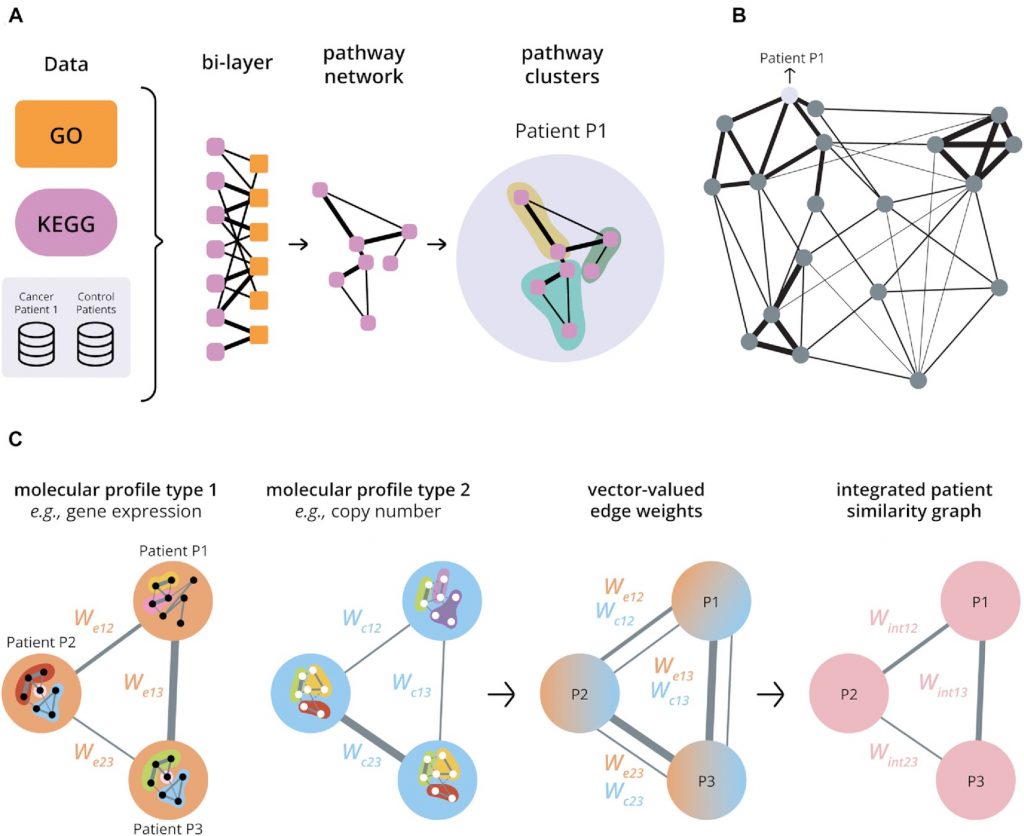G. Daneshgaran, D.J. Gardner, H.A. Chen, D. Niknam-Bienia, V. Soundararajan, A.C. Raghuram, G.H. Kim, P. Labaj, D.P. Kreil, C. Wang, Y.K. Hong YK, and A.K. Wong.
Plast Reconstr Surg. 2023 Jan 1;151(1):85-95. (Download)
Background: Silicone breast implants with smooth outer shells are associated with higher rates of capsular contracture, whereas textured implants have been linked to the development of breast implant-associated anaplastic large cell lymphoma. By assessing the gene expression profile of fibrous capsules formed in response to smooth and textured implants, insight into the development of breast implant-associated abnormalities can be gained.
Methods: Miniature smooth or textured silicone implants were surgically inserted into female rats ( n = 10) and harvested for the surrounding capsules at postoperative week 6. RNA sequencing and quantitative polymerase chain reaction were performed to identify genes differentially expressed between smooth and textured capsules. For clinical correlation, the expression of candidate genes was assayed in implant capsules harvested from human patients with and without capsular contracture.
Results: Of 18,555 differentially expressed transcripts identified, three candidate genes were selected: matrix metalloproteinase-3 ( MMP3 ), troponin-T3 ( TNNT3 ), and neuregulin-1 ( NRG1 ). In textured capsules, relative gene expression and immunostaining of MMP3 and TNNT3 was up-regulated, whereas NRG1 was down-regulated compared to smooth capsules [mean relative fold change, 8.79 ( P = 0.0059), 4.81 ( P = 0.0056), and 0.40 ( P < 0.0001), respectively]. Immunostaining of human specimens with capsular contracture revealed similar gene expression patterns to those of animal-derived smooth capsules.
Conclusions: An expression pattern of low MMP3 /low TNNT3 /high NRG1 is specifically associated with smooth implant capsules and human implant capsules with capsular contracture. The authors’ clinically relevant breast implant rat model provides a strong foundation to further explore the molecular genetics of implant texture and its effect on breast implant-associated abnormalities.
Clinical relevance statement: The authors have demonstrated that there are distinct gene expression profiles in response to smooth versus textured breast implants. Since surface texture may be linked to implant-related pathology, further molecular analysis of periprosthetic capsules may yield strategies to mitigate implant-related complications.

